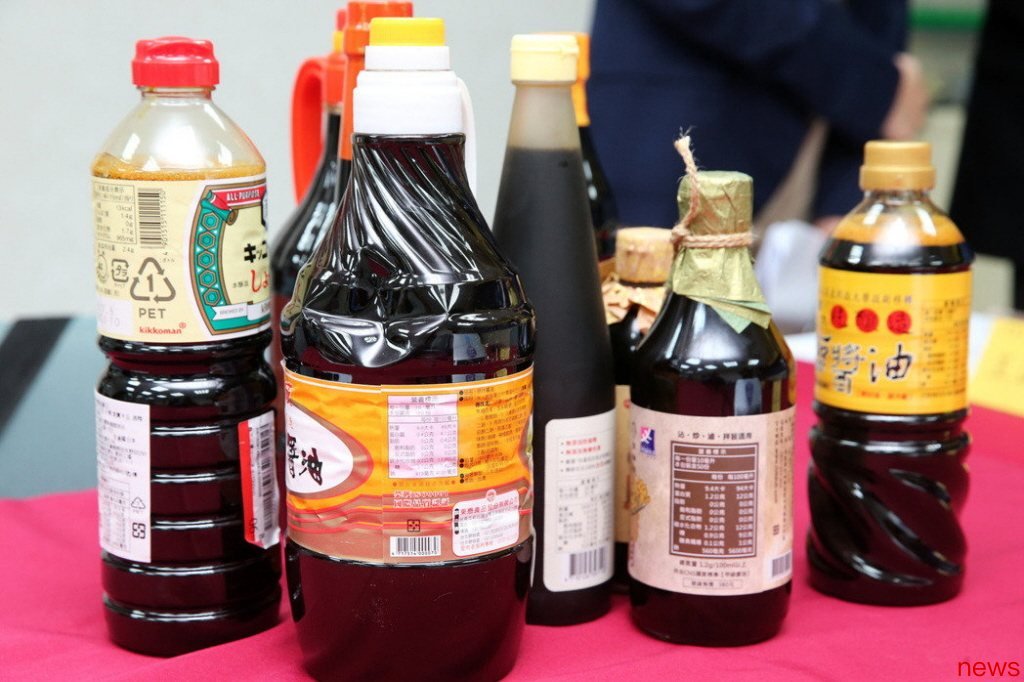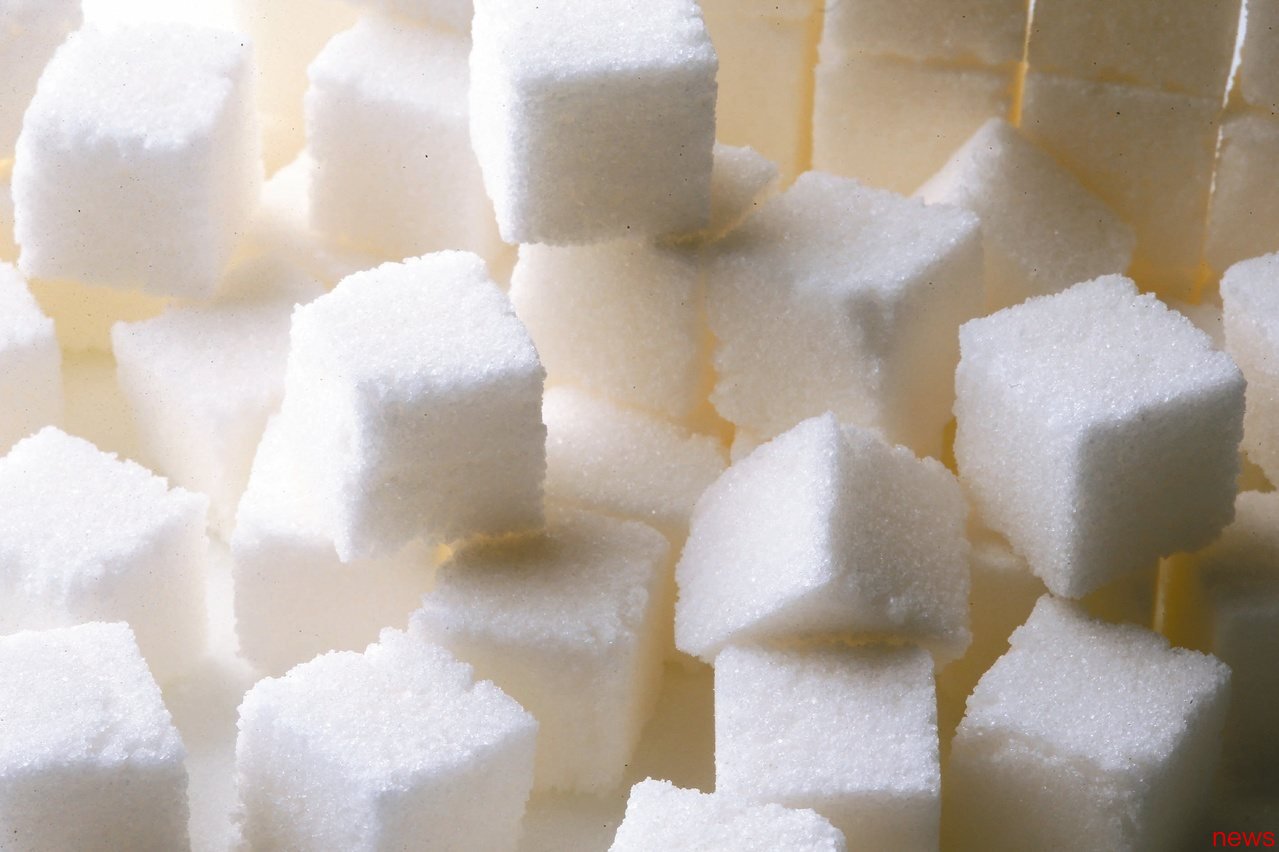
Compared with fresh food, many people may not have that understanding and discussion on the preservation of flavoring ingredients, but flavoring ingredients will also be eaten. If the storage method is incorrect, it may lead to quality deterioration or oxidation. However, not all flavorings are just slurped into the refrigerator. Nutritionist and former housekeeping teacher and Hanbuli share the key points of preserving each flavoring.
Commonly used flavoring ingredients in the home include sugar, salt, vinegar, sauce, miso, as well as cooking wine, mirin, etc., which are called "basic five flavors of cooking". The basic principle of these flavoring ingredients is to maintain the commercial packaging status before they are opened; after they are opened, the shelf life and storage method must be followed. The following will explain the correct storage method after opening the packaging according to the characteristics of each flavoring ingredients.
{9 Once the sauce is connected to the air, it will oxidize, affecting the color, aroma and taste. Generally speaking, the flavor can last about one month. If the consumption at home is not large, it is recommended to buy a smaller bottle, which will keep it fresh even if the price is slightly higher. However, some food manufacturers use vacuum double-layer bottle designs, and this soy sauce may also be marked as being stored at a constant temperature after being opened.

is basically required to be refrigerated after being opened. Like soy sauce, miso will oxidize when connected to the air, causing its unique flavor. It is recommended to cover the miso surface with a fresh film after unsealing to reduce contact with the air. If you need to store for a long time, you can also store it in a cold storage. The temperature of the household cold storage cannot be sucked into miso, so it does not affect the use.
The different modes of flavorings are preserved according to manufacturing and typesFor vinegar, cooking wine and flavour, the storage method after opening will vary depending on the production method and type. Regardless of which one, the bottle holder should be closed and stored upright after opening it.
‧Vinegar, like "cereal vinegar" or "rice vinegar", its main ingredient acetic acid has an anticorrosion effect, so it can be stored in a constant temperature after opening the seal, and the odorization period is about one year. If the period expires, you can come to clean your home. Mixed flavored vinegar such as "香港生" and "花生生" will easily change the quality. It should be refrigerated after being opened. Please refer to the packaging specification for the period of flavoring.
‧Cooking wineIf it is a general "cooking wine" with ingredients such as salt, it needs to be refrigerated after being opened. If you make "care sake" based on sake and does not add salt, it can be stored in a cool place due to the high alcohol concentration.
‧MirouThe alcohol concentration of "Mirouou" is about 14%. After opening, it can be stored in a cool place like wine. However, if placed in the refrigerator, sugar crystals may be produced due to high sugar content. The alcohol concentration of "mier style flavoring" is less than 1%, which imitates this mirin but adds sugar and sour flavoring. This type needs to be stored in refrigerated after being opened.
Even a flavoring that can be kept warm after being opened may not be a problem under spring conditions, but in the high temperature and humidity summer, even if the flavor changes slightly, it will be more safe to choose refrigerated storage.
The flavoring ingredients that are not suitable for refrigerationsugar and salt contain almost no moisture that can allow bacteria or bacteria to reproduce, so they have high storage capacity and are not even marked for refrigeration.

Granulules are easily blocked by temperature and humidity changes, so it is not recommended to put them in a refrigerated warehouse. If you want to maintain the dry and relaxed state of the sugar, you should always keep it in the cool place.
‧Saltis the same as sugar, and salt is also susceptible to changes in temperature. When put in the refrigerator, the temperature changes caused by opening the door can easily cause dew and in turn absorb moisture. In addition, salt is easy to absorb odor, so it should be placed in a container with good closedness after opening, and stored in a cool place at a temperature.